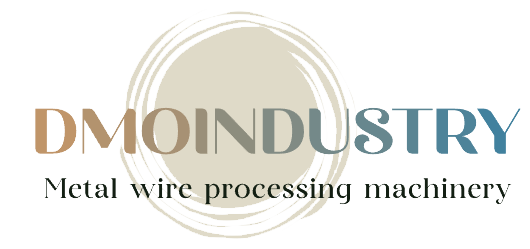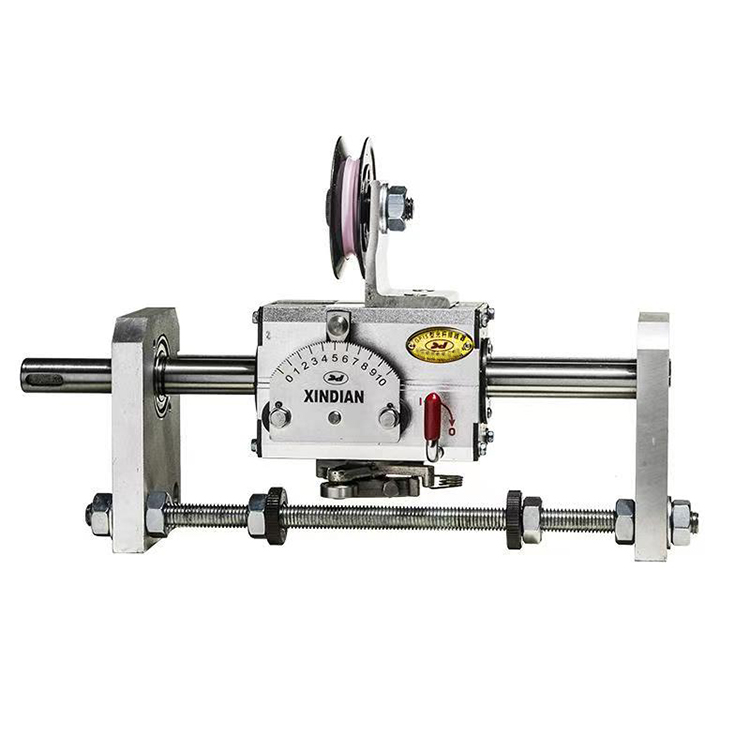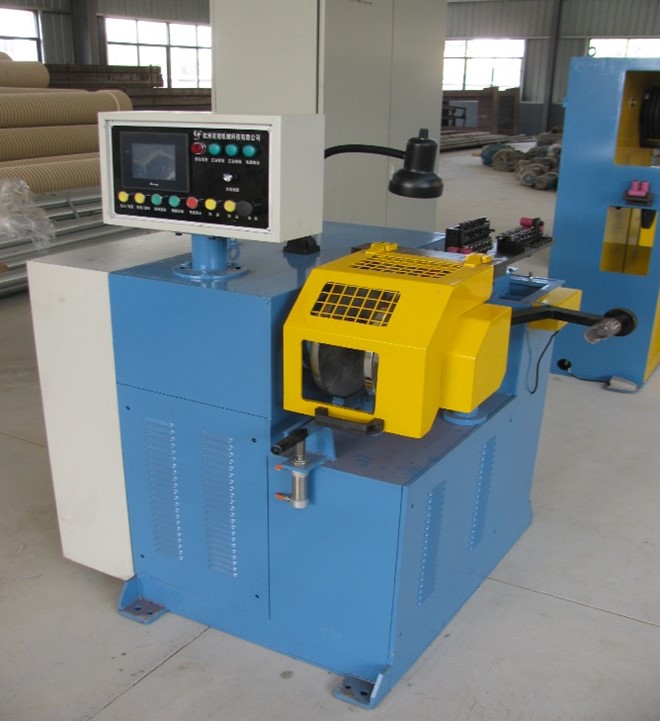Table of Contents
How to Properly Maintain and Troubleshoot Mechanical Rolling ring traverse drive
Mechanical rolling ring traverse drives are a crucial component in many industrial applications, providing precise control over the movement of materials. Proper maintenance and troubleshooting of these drives are essential to ensure smooth operation and prevent costly downtime. In this article, we will discuss some key tips for maintaining and troubleshooting mechanical rolling ring traverse drives.
Regular maintenance is key to keeping mechanical rolling ring traverse drives in optimal condition. One of the most important maintenance tasks is lubrication. Proper lubrication helps reduce friction and wear on the drive components, extending their lifespan. It is important to follow the manufacturer’s recommendations for the type and frequency of lubrication to ensure optimal performance.
In addition to lubrication, regular inspection of the drive components is essential. Check for any signs of wear or damage, such as worn gears or belts, loose fasteners, or misaligned components. Addressing these issues promptly can prevent more serious problems from developing and ensure the drive continues to operate smoothly.
Another important aspect of maintenance is cleaning. Dust, dirt, and debris can accumulate on the drive components over time, affecting their performance. Regular cleaning with a soft brush or cloth can help prevent buildup and keep the drive running smoothly.
When it comes to troubleshooting mechanical Rolling ring drive, it is important to start by identifying the problem. Common issues with these drives include slipping belts, misaligned components, and worn gears. By carefully inspecting the drive and observing its operation, you can often pinpoint the source of the problem.

Once the problem has been identified, it is important to take appropriate action to address it. This may involve adjusting the tension on the belts, realigning the components, or replacing worn parts. It is important to follow the manufacturer’s guidelines for troubleshooting and repair to ensure the drive is properly maintained.
In some cases, more complex issues may require the expertise of a professional technician. If you are unable to resolve the problem on your own, it is best to contact the manufacturer or a qualified service provider for assistance. Attempting to repair a complex issue without the necessary knowledge and experience can lead to further damage and costly repairs.
In conclusion, proper maintenance and troubleshooting are essential for ensuring the smooth operation of mechanical rolling ring traverse drives. By following the manufacturer’s recommendations for lubrication, inspection, and cleaning, you can extend the lifespan of the drive and prevent costly downtime. When troubleshooting issues, it is important to carefully identify the problem and take appropriate action to address it. If you are unable to resolve the issue on your own, seek the assistance of a professional technician to prevent further damage. By taking these steps, you can keep your mechanical rolling ring traverse drive in optimal condition and ensure reliable performance in your industrial applications.
Advantages of Using Mechanical Rolling Ring Traverse Drives in Industrial Applications
Mechanical Rolling Ring Drives are a crucial component in many industrial applications, providing precise and reliable motion control for a variety of machinery. These drives offer several advantages that make them a popular choice for manufacturers looking to improve efficiency and productivity in their operations.
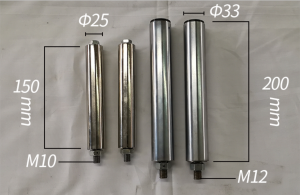
One of the key advantages of mechanical rolling ring traverse drives is their high level of precision. These drives are designed to provide accurate and consistent motion control, allowing for precise positioning of machinery and equipment. This level of precision is essential in many industrial applications where even the smallest deviation can lead to costly errors or inefficiencies.
In addition to their precision, mechanical Rolling ring linear drive are also known for their durability and reliability. These drives are built to withstand the rigors of industrial environments, including exposure to dust, dirt, and other contaminants. This durability ensures that the drives will continue to perform reliably over time, reducing the need for costly maintenance and repairs.
Another advantage of mechanical rolling ring traverse drives is their versatility. These drives can be used in a wide range of industrial applications, from conveyor systems to packaging machinery to robotics. Their ability to provide precise and reliable motion control makes them a valuable asset in any manufacturing setting.
Furthermore, mechanical rolling ring traverse drives are easy to install and maintain, making them a cost-effective solution for manufacturers. These drives require minimal maintenance and can be quickly and easily replaced if necessary, reducing downtime and ensuring that production can continue uninterrupted.
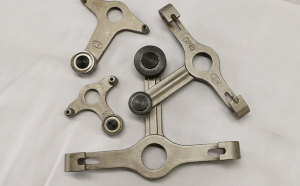
Overall, the advantages of using mechanical rolling ring traverse drives in industrial applications are clear. Their precision, durability, reliability, versatility, and cost-effectiveness make them an ideal choice for manufacturers looking to improve efficiency and productivity in their operations. By investing in these drives, manufacturers can ensure that their machinery and equipment operate at peak performance, leading to increased output and profitability.
In conclusion, mechanical rolling ring traverse drives are an essential component in many industrial applications, providing precise and reliable motion control for a variety of machinery. Their numerous advantages make them a popular choice for manufacturers looking to improve efficiency and productivity in their operations. By investing in these drives, manufacturers can ensure that their machinery operates at peak performance, leading to increased output and profitability.
